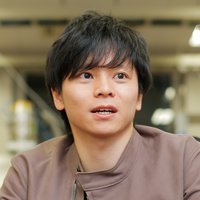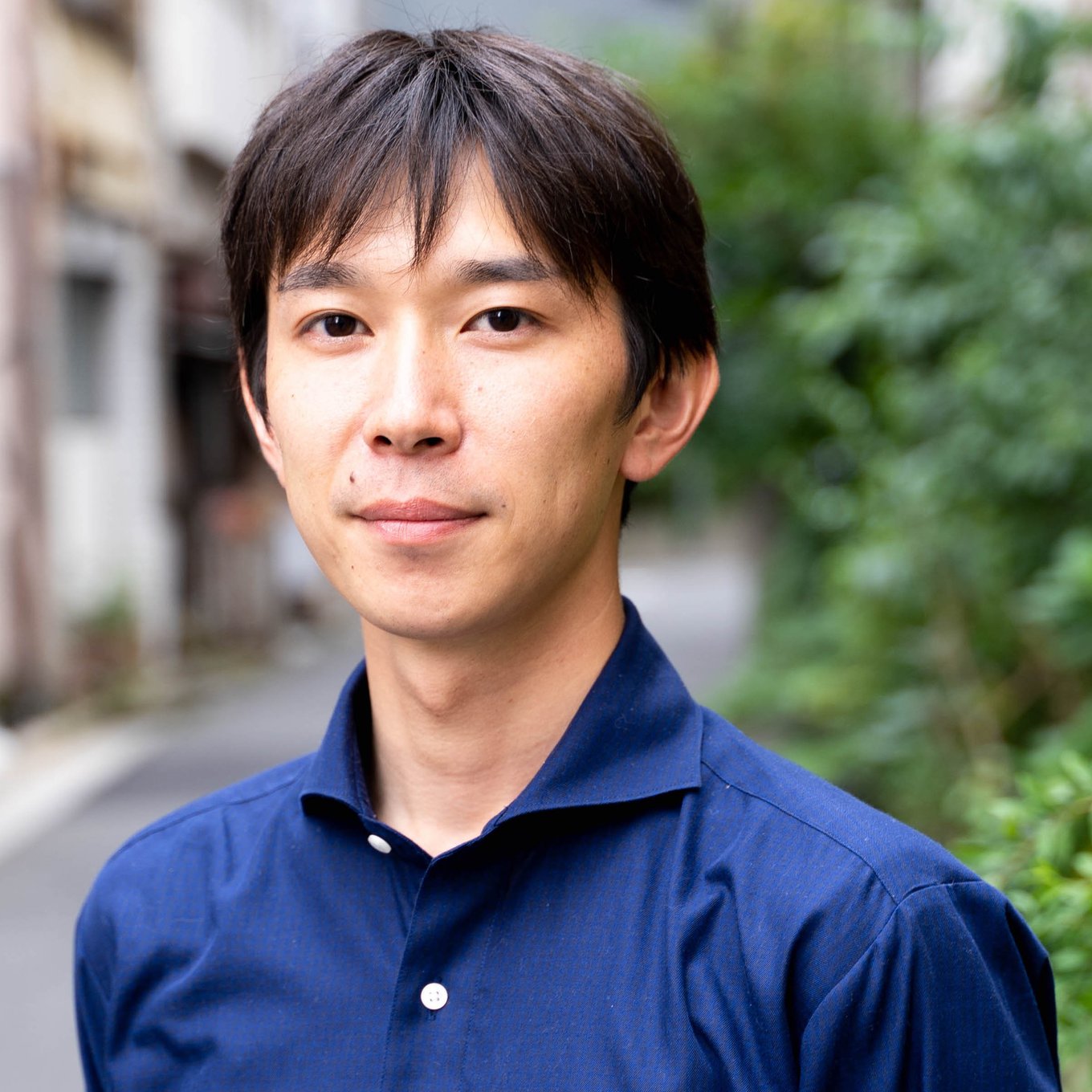The deterioration of Japan’s social infrastructure, which was quickly built up after the period of rapid economic growth (1960s–70s), is becoming a serious issue. In preparation for the smaller society we are becoming due to the decreasing birth rates and the aging population, sustaining and managing this social infrastructure for the long term is becoming one of Japan’s biggest issues.
Among various social infrastructures, underwater structures such as bridges, dams, and ports are especially difficult to manage. Regular inspection is indispensable for long-term function, but underwater structures cannot be inspected from land. They require a diver to actually dive down and perform the inspection. In contrast with the inspection needs that will likely continue to increase, there will surely be a lack of divers in the future because their work always exposes them to danger and requires a professional skill set.
That is why there are a lot of expectations for underwater drones that replace humans to dive underwater and become their “eyes.” Conventional remotely operated underwater vehicles (ROVs) used for ocean research were large and difficult to handle, but Ito Shohei developed a small-scale lightweight underwater drone that weighs 28 kilograms and can fit into an attaché case. With its strong driving force, this drone can dive 300 meters underwater. It can be operated like a game console while watching the footage captured by its full high-definition camera. It has already been used for actual maintenance inspections such as identifying cracked areas in dams.
Ito studied robotic engineering in university, and has built his career as an engineer who specializes in the areas of robot mechanics, electronics, and embedded software. Ito started developing the underwater inspection robot as a hobby to pursue the long-standing personal interest he had had for the deep sea since childhood. He perfected it over the span of approximately 10 years, and in 2016, he founded FullDepth, a company that works on developing and manufacturing underwater drones.
The use of underwater drones is not only limited to the field of sustaining and managing social infrastructure. It can also be useful for long-term climate change and marine biodiversity studies, as well as developing seabed resources. The prototype of Ito’s underwater drone is the world’s first small-scale battery-powered drone that succeeded in diving 1000 meters underwater.
Ito’s final goal is to create a “street view of the sea.” Ito has an ambitious dream to “visualize the information of the sea and realize a world where having access to the underwater world is normal.”



